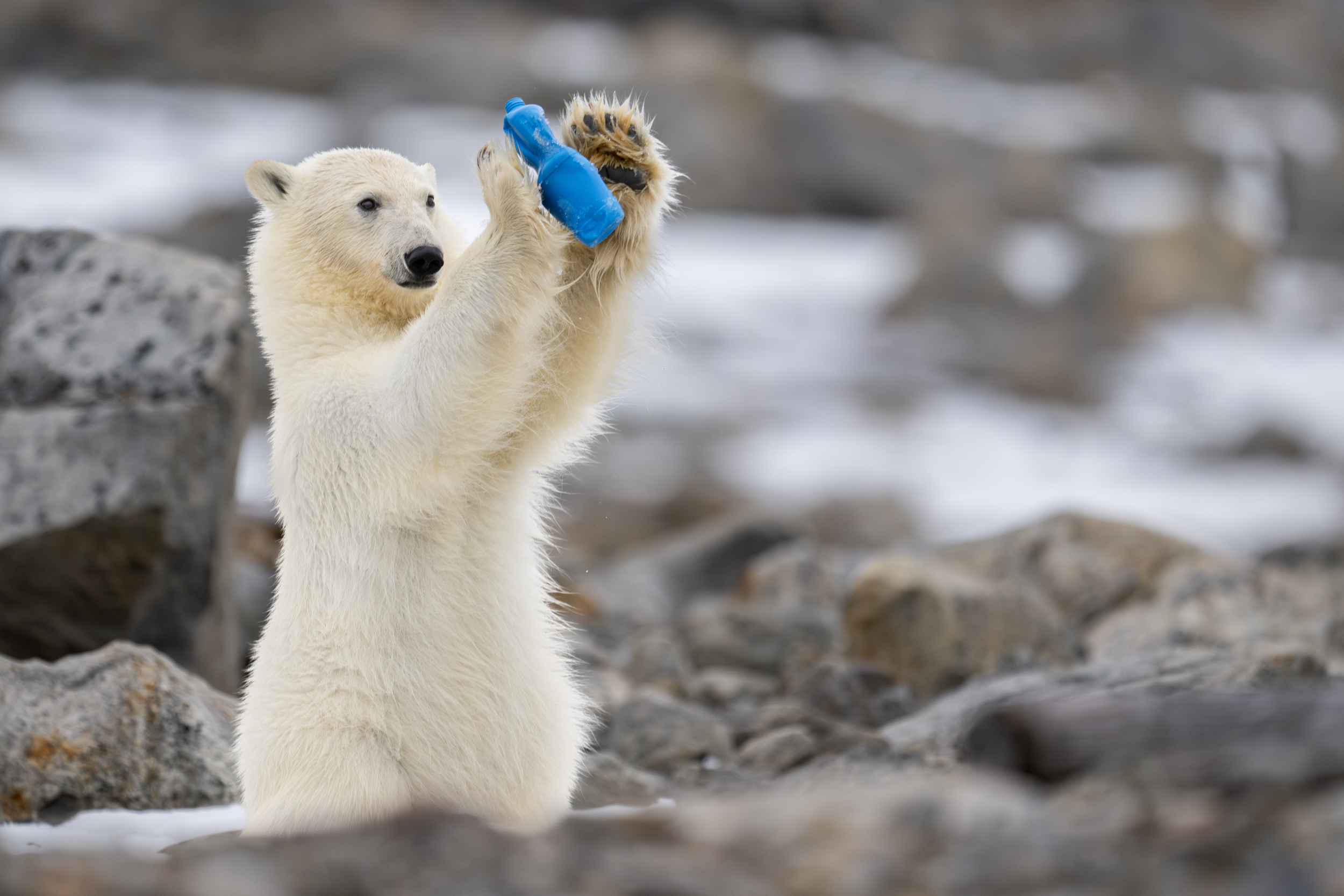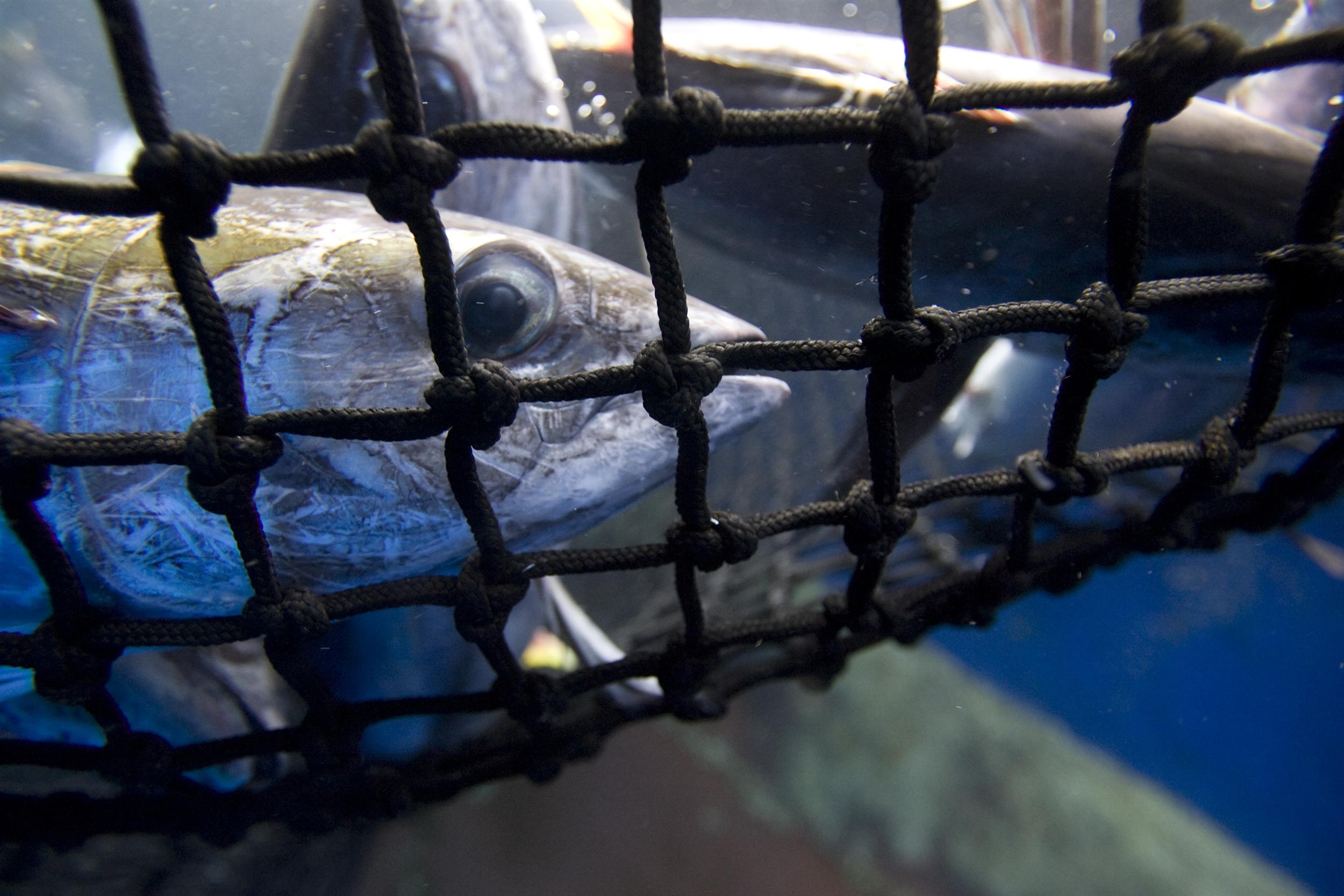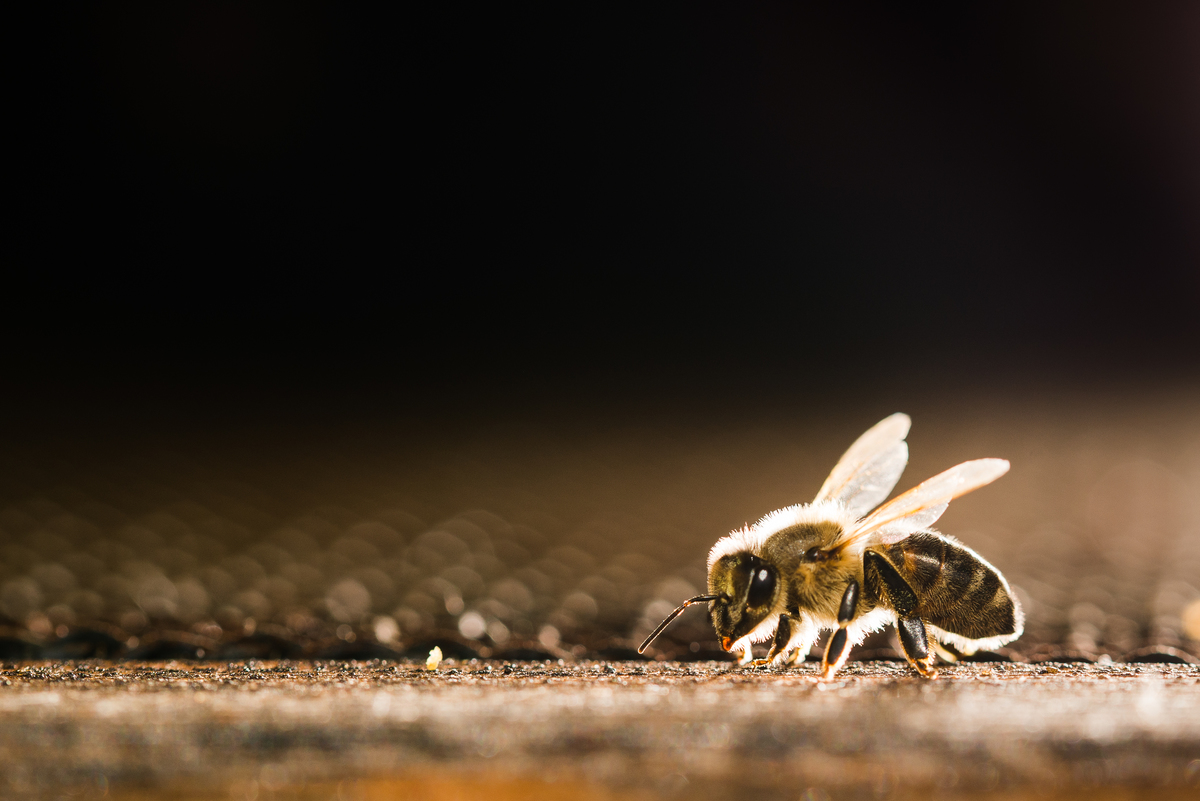Our planet is experiencing a silent environmental crisis. Wildlife numbers have seen a staggering decline of 69% on average in the last 50 years. The latest research found that around 2 million species are now threatened with extinction. This figure is double the United Nation’s previous estimates for 2022. Biodiversity loss is one of the most pressing environmental issues of our time, yet we fail to recognise it. It is being driven by human activities which create climate change, deforestation, pollution from fossil fuels, and many more.
The web of life is unravelling as our biodiversity continues to decline. This has serious consequences for our societies. It threatens all essential services that nature provides us, like fresh food, clean water, and fertile soil. As we continue to put pressure on different ecosystems, what can we do instead to reverse the tide?
What is loss of biodiversity and why is it a problem?
Biodiversity loss refers to a decline in the rich variety of life that exists on the planet today. It can happen at many different levels, including genetics, species numbers and entire ecosystems. When any of these decrease or shrink, it means there is a loss of biodiversity. It is even more evident when we lose many species at the same time, or many members of the same species. This is happening around the world, driven by unsustainable human activities like deforestation.
The loss of biodiversity is of concern because we rely on it for many important things, like clean air, water, food, medicine and even recreation. It also helps us in the fight against climate change. Biodiverse ecosystems, such as the Amazon rainforest, can act as carbon sinks by storing vast amounts of CO2 in trees and vegetation. Doing so helps to regulate the climate. Yet we lost around 21 million acres of tropical rainforest every single minute in 2019.
Ecosystems that contain a rich variety of species are more stable, productive and resilient. But as more animals and plants disappear, the delicate balance of nature tips. The resilience of the ecosystem declines. This then reduces its capacity to recover from major disturbances like wildfires and floods. It also affects ecological services that we depend on, like insect pollination or ocean water purification by seagrass. Biodiversity supports our planet’s health and is essential for both nature and humans.
How is climate change affecting biodiversity?
Climate change is one of the main drivers of biodiversity loss. As our planet warms, many species, such as polar bears, are finding it difficult to adapt to the changing conditions. It forces them to find new habitats, move towards higher altitudes, or risk extinction. Climate change can also shift the timing of natural events, such as flowering and migration. This can lead to ‘desynchronisation or phenological mismatch‘ between species. For example, birds are migrating earlier due to an earlier spring. But it could lead to food scarcity if their prey, like insects, do not shift their lifecycle in the same way. You can also read more about the effects of climate change on biodiversity here.
Other human impacts on biodiversity
But climate change is not the only culprit. Deforestation also plays a big role. In the last 100 years, we’ve lost as much forest as we’d lost in the previous 9,000 years. Agriculture is by far the biggest single driver of deforestation. It is threatening many endangered species and pushing them towards extinction.
Aside from deforestation, there are other human activities that contribute to biodiversity loss. Overfishing is depleting fish populations faster than they can recover. And overexploitation of the seas is destroying untouched marine habitats. Plastic pollution is another growing concern that is wreaking havoc both on land and in the ocean. Around 8 million metric tonnes of plastic end up in the oceans each year. This eventually gets ingested by marine life and enters the food chain in the form of microplastics.

Polar bear cub plays with plastic items found in the Arctic. © Roie Galitz / Greenpeace
What are the effects of biodiversity loss?
Biodiversity loss has far-reaching and long-term consequences for the health of our planet. Its effects ripple outward, affecting ecological functioning and stability. Some of its key effects include:
The capacity of forests and oceans to absorb CO2 decreases
Forests and oceans are vital carbon sinks, absorbing a significant portion of the CO2 emissions we produce. Our forests absorb a net 7.6 billion metric tonnes of CO2 per year, while the oceans can do it even better. Marine habitats, such as seagrasses and mangroves, can store CO2 at rates up to four times higher than forests can. This makes them one of our most important allies in the fight against climate change. However, the loss of forested areas and marine biodiversity reduces their capacity to do so. For example, deforestation not only releases the carbon stored in trees, but it also reduces the amount of CO2 that can be absorbed in the future.
Ecosystems suffer an imbalance from declining wild populations
Biodiversity loss also creates imbalances in ecological functioning, threatening its stability. As animals and plants disappear, the roles they once played in their ecosystems become disrupted. Predator-prey relationships, plant pollination, seed dispersal and nutrient cycling are some good examples. The effects are much more stronger when there are no animals or plants to fill the vacuum. This could lead to the breakdown of entire ecosystems, threatening the wild populations that remain.

Skipjack tuna and bycatch caught in the net of an Ecuadorean fishing boat near northern Galapagos Islands. © Alex Hofford / Greenpeace
More and more species are threatened with extinction
As our wildlife declines, more and more species are being pushed towards the risk of extinction. Currently, there are over 150,000 species listed on the IUCN Red List. More than 42,100 of these are threatened with extinction in the wild. The IUCN Red List of Threatened Species is considered to be one of the most comprehensive inventories of the health of the world’s biodiversity.
Marine life is particularly vulnerable to biodiversity loss. Overfishing is driving many fish species, like tuna, cod and sea bass, towards the brink of collapsing. As fish stocks continue to decline, this could have far-reaching consequences for our marine life and us. Its impacts will be felt by coastal communities and fishing industries. This is because they rely heavily on healthy marine ecosystems. It also means fewer seafood options for the 3 billion people who rely on fish for 20% of their daily protein intake.
The emergence and resurgence of pests and animal-borne diseases
The loss of biodiversity can contribute to the emergence and resurgence of pests and diseases. Many crop pests, such as aphids, flies, beetles, and bugs, are kept in check by their natural predators. But as predators decline, it allows pest populations to multiply without any biological control. For example, ladybirds prey on insect pests, such as aphids. Without them, there are more aphids that feed on more plants. This can put more pressure on the bottom of the food chain.
Besides, the loss of wild habitats can also lead to more interaction between humans and animals. This contact allows diseases to spread from animals to people more easily, like Lyme disease – also referred to as ‘zoonotic’ diseases.
Rise in global food insecurity
Biodiversity is fundamental to our global food systems. Many of the foods we consume, such as fruits, vegetables and grains, rely on pollinators. In the EU, four out of every five crops or wildflowers rely on insect pollination to some extent. They are also responsible for approximately £15 billion of the EU’s annual agricultural output. So when we lose insect biodiversity, we endanger our food security.
In Europe, about a third of bees and butterflies are declining. Around the world, more than 40% of insect species have declined over the past decade. The rate of extinction is also reported to be eight times faster than that of mammals, birds and reptiles. If insects continue to decline, it could threaten entire ecosystems. This is because insects are the main food source for many birds, small mammals, fish and humans.

The aesthetic value of nature declines
Nature provides us with countless enrichment opportunities. From recreation to cultural and spiritual growth, the beauty of nature brings harmony to our lives. Think of the joy of bird watching, the tranquillity of a walk into the woods, or the thrill of diving into a vibrant coral reef teeming with marine life. But as nature dwindles, these opportunities are increasingly becoming fewer and farther between. When we lose nature, we lose our close relationship with the natural world, which is central to many aspects of human lives.
What can we do?
Governments, businesses, and individuals all have a role to play in reversing the current biodiversity loss. To really make a difference, we need large-scale solutions and system-wide changes, such as:
- Establishing more protected areas, such as national parks, wildlife reserves, and marine protected areas, to safeguard wild habitats and their biodiversity. Greenpeace is campaigning for the ‘30 by 30’ target: protecting 30% of the planet for nature by 2030.
- Creating more wildlife corridors and green list of protected areas to allow animals to move freely between habitats.
- Allocating more resources and funding for protecting wildlife and their habitats. This is even more crucial for endangered species.
- Reforming environmental policies, subsidies and economic systems that are at the heart of biodiversity loss, such as unfair fishing quotas.
- Adopting sustainable agriculture, animal farming and fishing practices.
- Taking action against climate change: regulating carbon emissions, setting emission standards and caps to limit pollution from industries, transportation and energy production on air, land and sea.
- Global agreements to tackle pollution at the source, for example, through a Global Plastic Treaty.
